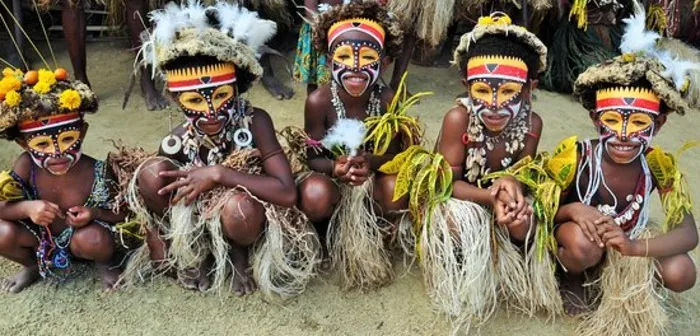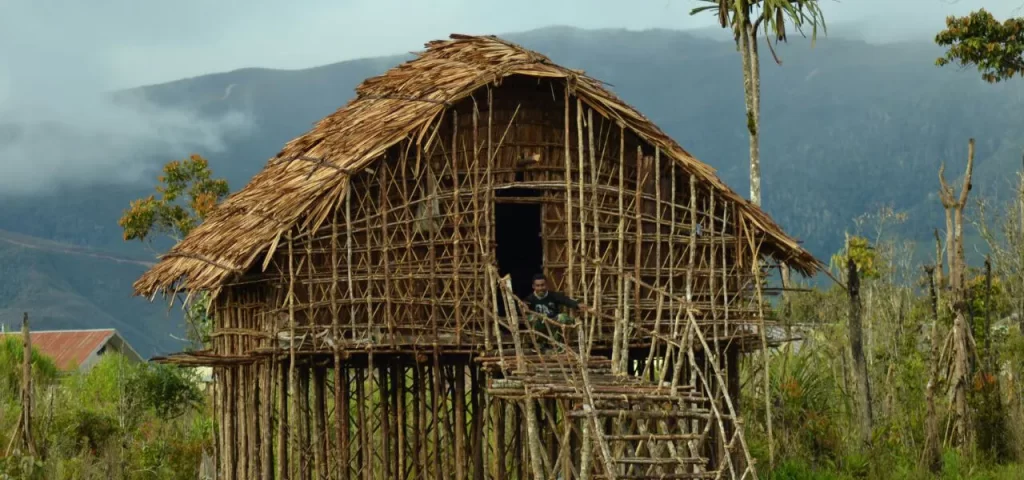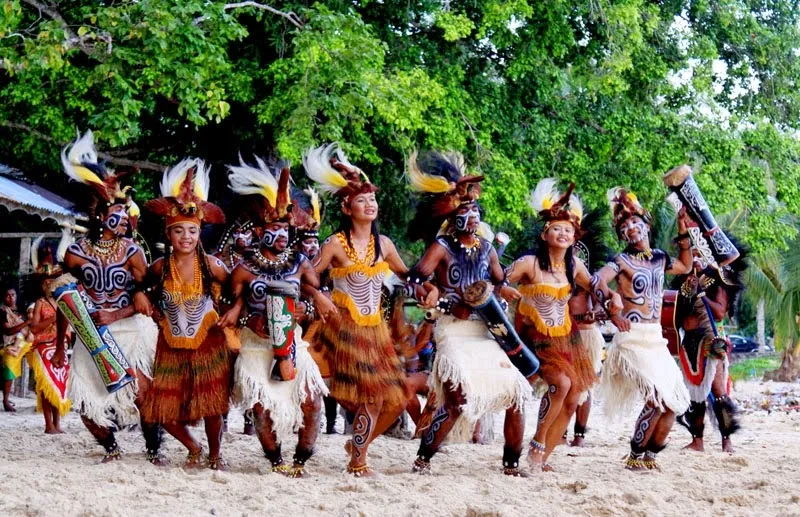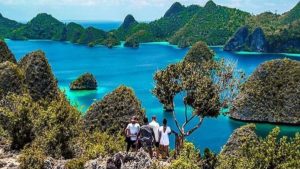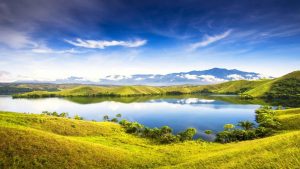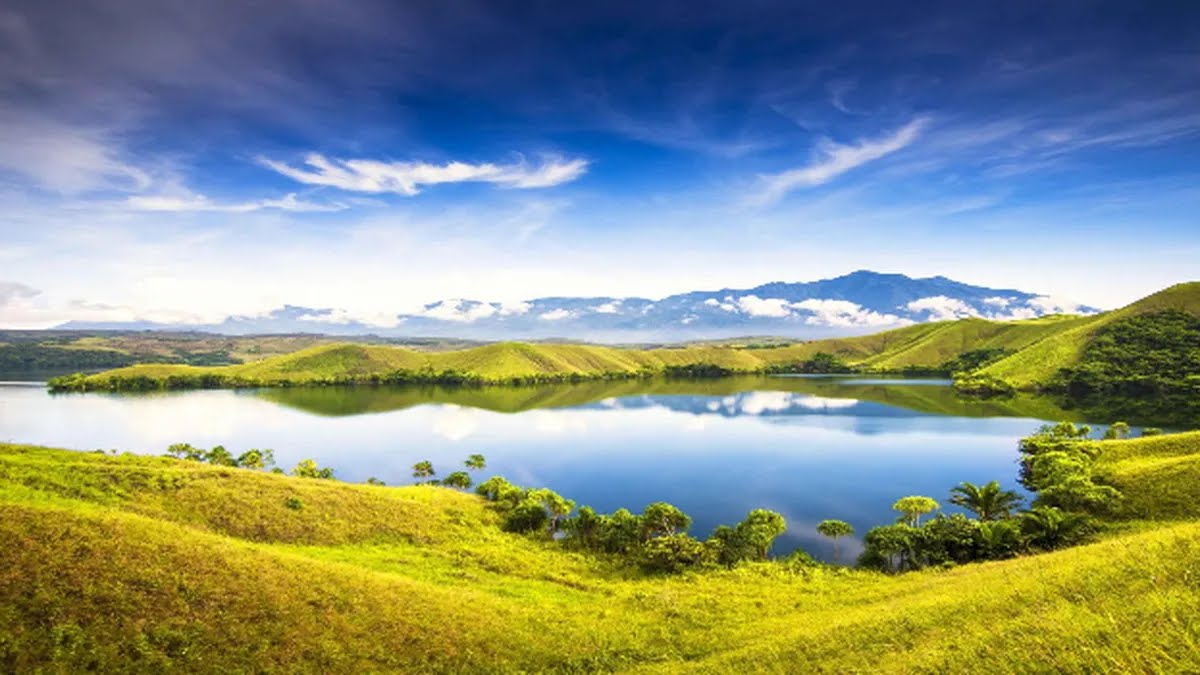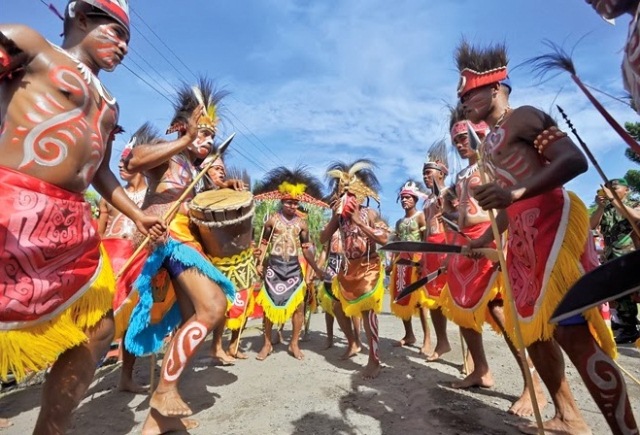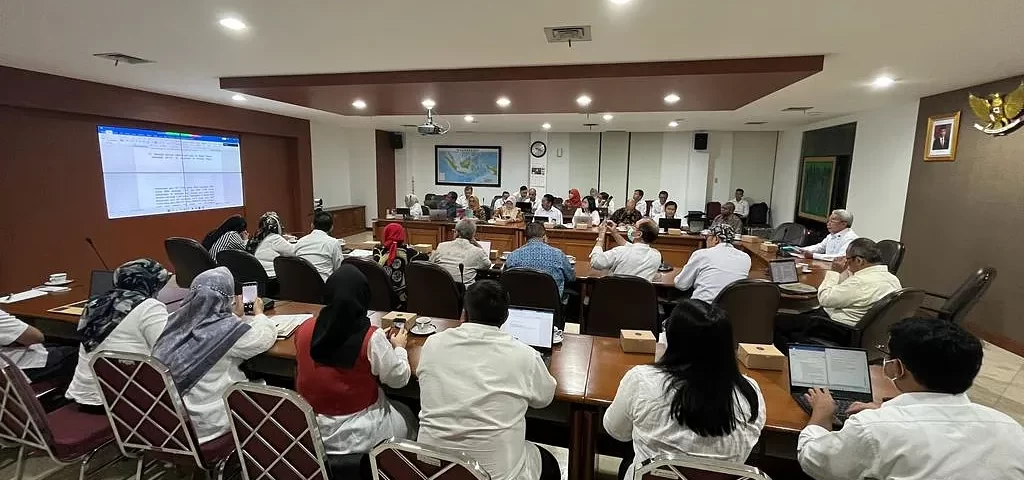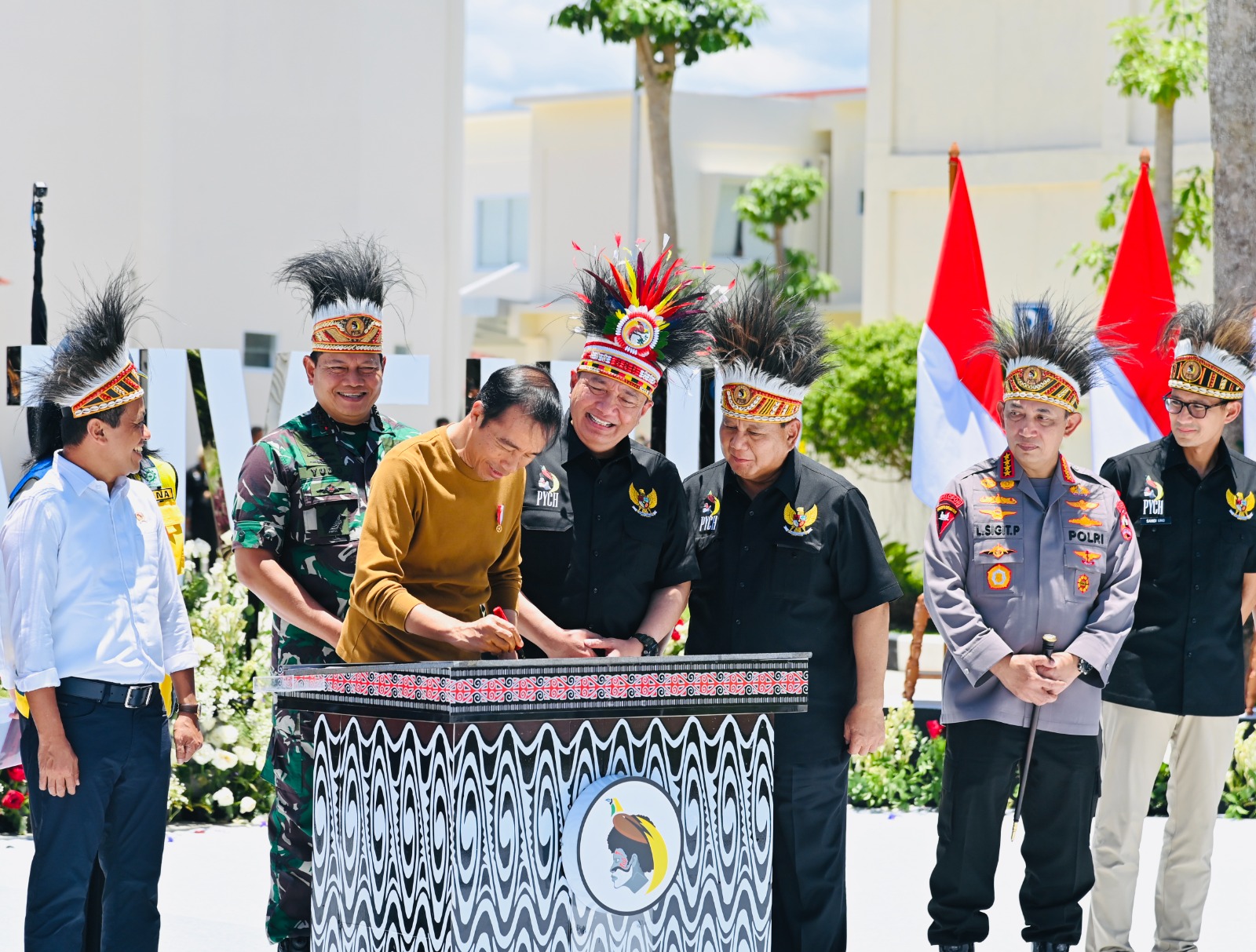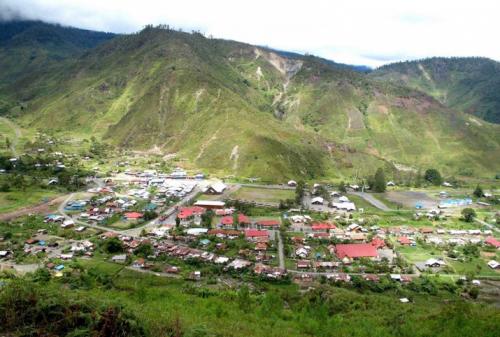This article helps you to discover more about West Papua culture. The area is rich in marine biodiversity. Yet, there are many things that we can learn from this province.
West Papua has become one of the largest provinces in Indonesia. The following is information about West Papua culture and customs.
Geography
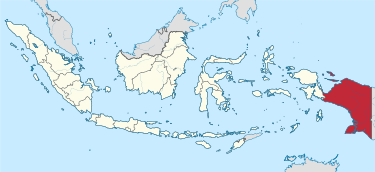
West Papua (or Indonesians call it Papua Barat) is one of Indonesians provinces. Formerly, it was known as Irian Barat or Irian Jaya Barat. The area covers New Guinea Island and nearby other Islands.
Some of you may wonder where is West Papua located. The northern border is the Pacific Ocean and the southern border is the Banda Sea. Meanwhile, the west is closer to Halmahera and the Ceram Sea and the east is nearby Cenderawasih Bay.
This province is wide and covers 126,093 km2. Raja Ampat Islands West Papua makes Sorong, more popular among other cities. Yet, this province capital is Manokwari.
Similar to other regions in Indonesia, the climate of this province is tropical. Each also gets enough rainfall when the season comes. The land surface includes slopes and cliffs.
The population of West Papua can be called the second least populous in Indonesia. The census in 2020 proves that this province has a population of around 1 million.
Ethnic Groups
Although most populations are native Papuan, there are several West Papua tribes in this province. The tribes inhabit and spread across multiple regions.
The indigenous Papuans have unique characteristics and livelihoods. Additionally, West Papua Custom shows their patterns of life. They are classified into mountainous and coastal Papua.
They also have a regional language, but now it is threatened with extinction. It happens because only a few people use this regional language. To preserve them, one should immediately record and document them.
Many reasons are behind the regional languages threat of extinction. The main reason is economic and followed by educational and political problems. Nowadays, it is common to find the indigenous Papuans prefer to use Indonesian for communication.
Traditional House
West Papua Culture also presents their traditional house. It is built by the main tribes called Arfak tribes. Papuan people named this house Mod Aki Aksa or Lgkojei, meaning The Thousand Legs House.
The house architecture mirrors the region around Manokwari. It has a design with many pillars and is presented on an elevated platform.
This stilt house has original roofs made of sago leaves or straw. Then, they apply wood to be the house pillars. Some poles are short and some of them are high.
These pillars have an essential function. They are beneficial to protect the inhabitants from enemies or the threat of black magic.
Honai is one of West Papua traditional houses that can be found in this region as well. However, most indigenous people inhabit stilt houses that have legs and elevated platforms.
The house type resembles the life of the local fishermen rather than farmers. So, the house on an elevated platform is related to the fishermen life.
Lgkojei is commonly found in Manokwari, the capital city. Yet, the number is now decreasing and has become rare. We cannot see this traditional house in the inland, including highland and lowland.
Traditional Dance
As mentioned earlier, the West Papuan people consist of many tribes. It means that each tribe has its own traditional dances. Thus, traditional dances are various.
Among those dances, there is one that is well known called war dance. It means a lot to Papuan people because of its heroic meaning. This West Papua dance shows someone valiant soul.
The dance requires traditional clothing and also war equipment. Additionally, it takes Tifa, drums and shells as musical instruments. It is an energetic dance and features some war movements.
Through the dance, we can learn about the ancient stories of Sentani tribes and others. It presents viewers with the bravery of Papuan warriors.
Nowadays, the dance has become a symbol of respect for Papuan ancestors. It means thankfulness to the ancestors that protect the Papua region.
Besides, another dance originated from West Papua. It is called the Yospan dance has relation to Indonesian history and colonialism. It carries aerobatic movements that express dynamism enthusiasm.
Apart from both dance called the Suanggi dance. Once you view this dance, you will notice the thick expression of the Papuan community.
Tourism
The region is famous due to West Papua Dive Resorts located in Raja Ampat regency. It is an archipelago that is rich in marine diversity. This Island is attractive to divers because of the beautiful underwater scenery.
Raja Ampat is known in the world as the best place for diving. It makes this area has the potential as one of the tourist attractions especially for diving.
Studies mention that around 75% of the world coral species can be found in this region, mainly in Saindarek village. People can view the coral reefs easily when the tides are lowest. They can even see it without diving required.
However, West Papua Travel provides most diving tours to make tourists enjoy some unique marine species. It allows them to view several types including Manta rays, Wobbegongs and Pygmy seahorse.
Aside from enjoying the beauty of marine diversity, people can also experience other cultural things. One of them to Sawinggrai Tourism Village that has become a famous village located in Raja Ampat Regency.
In this village, you can see the indigenous bird and it is still well maintained until today. It has become a tourism site inhabited by fewer families. You can experience West Papua Traditional Food while visiting this place.
There are many other interesting and exotic things in West Papua province, such as Cenderawasih Bay National Park and Doreri Bay. All of them present us with the magnificent West Papua Culture that enriches our knowledge as well.





